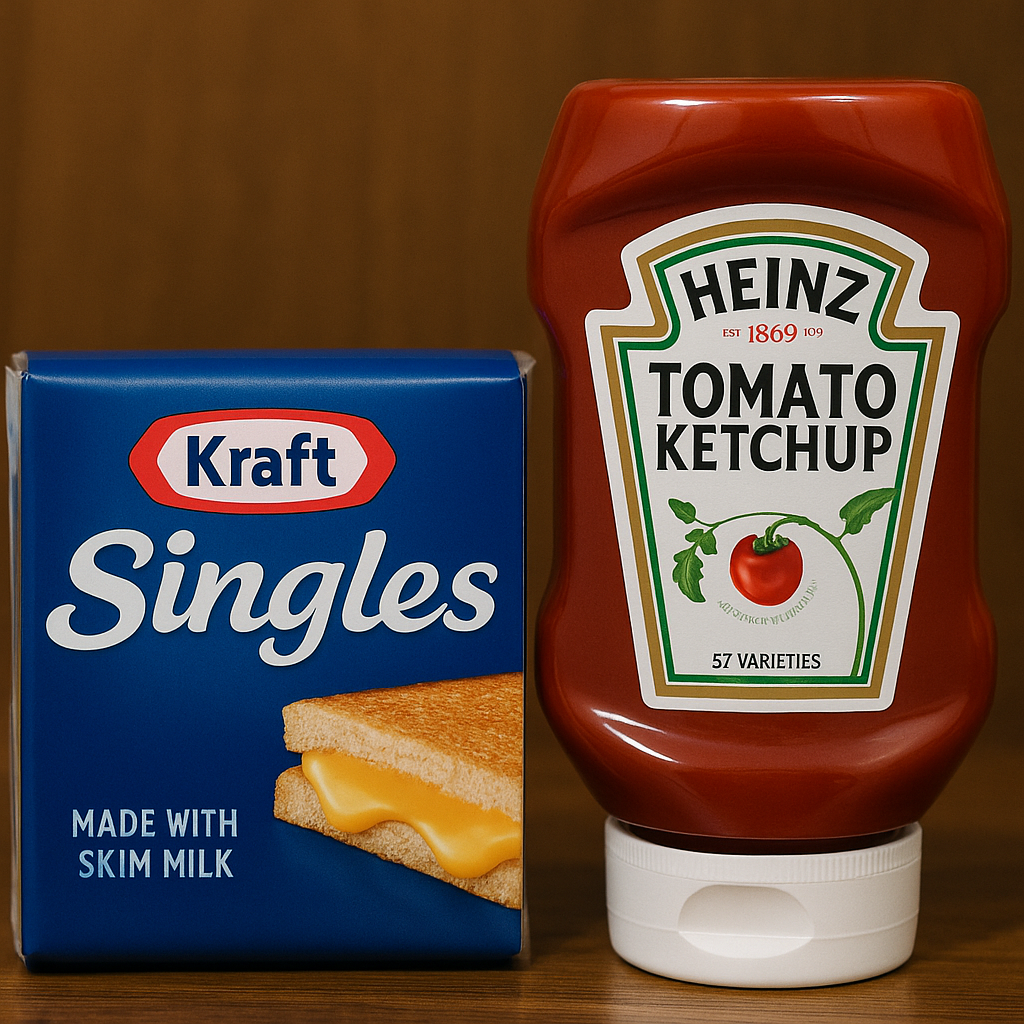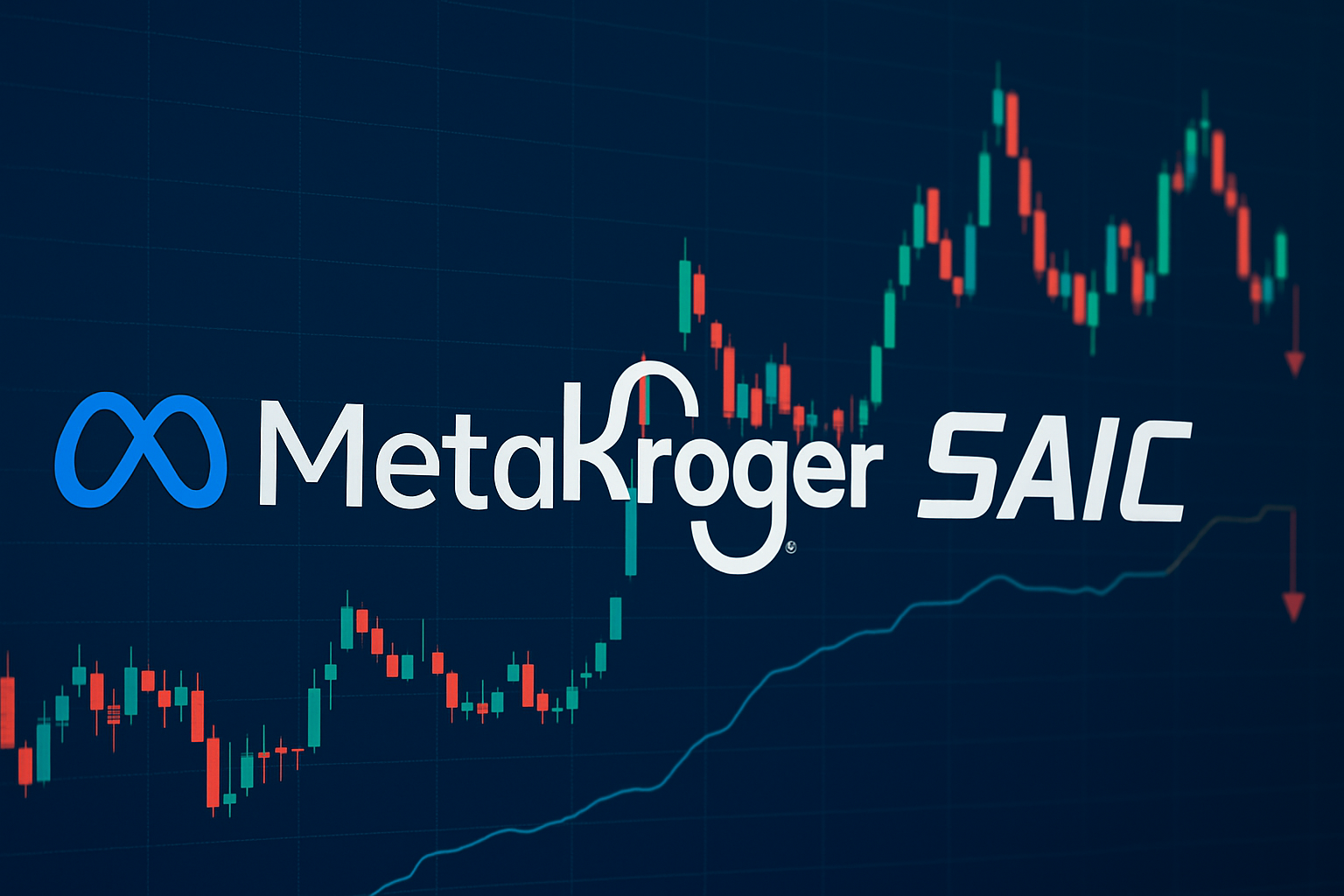Kraft Heinz is officially breaking up. A decade after its highly publicized merger—engineered by Warren Buffett’s Berkshire Hathaway and private equity firm 3G Capital—the consumer packaged goods giant announced plans to split into two independent public companies. The move marks a dramatic pivot from its original strategy and underscores the broader challenges facing legacy food conglomerates in an evolving consumer market.
The separation, expected to be completed in the second half of 2026, is structured as a tax-free spin-off and is intended to sharpen operational focus, reduce internal complexity, and unlock shareholder value. Under the new plan, Kraft Heinz will divide its business along product lines. One company, provisionally dubbed Global Taste Elevation Co., will focus on condiments, sauces, and international brands, featuring household names like Heinz ketchup, Philadelphia cream cheese, and Kraft Mac & Cheese. The second entity, North American Grocery Co., will retain Kraft’s traditional grocery lines, including Oscar Mayer, Kraft Singles, and Lunchables.
Kraft Heinz believes this restructuring will allow each business to operate with greater agility, innovate faster, and align more closely with its specific customer bases. Investors responded favorably to the announcement, sending shares higher in early trading. Still, the optimism was tempered by the company’s long-term underperformance: Kraft Heinz stock remains down more than 50% since the merger was announced, a sobering reminder of just how far the brand has fallen behind rivals and changing consumer tastes.
Carlos Abrams-Rivera, the current CEO of Kraft Heinz, will helm the North American Grocery business, while a search is underway for the CEO of Global Taste Elevation. Board Chair Miguel Patricio will serve as Executive Chair of the combined company through the transition and then continue with Global Taste Elevation Co., providing continuity through what is likely to be a complex operational and logistical shift. The company has also established a separation committee, chaired by board member John Cahill, to oversee the process.
This corporate split follows a broader trend seen across the market, as large conglomerates pivot toward more focused structures. Similar moves have been executed by GE, Kellogg (now Kellanova and WK Kellogg), and Johnson & Johnson, all aiming to drive performance through specialization.
The decision to separate Kraft Heinz is not just strategic—it’s a tacit admission that the original merger did not deliver. Sales growth stagnated, consumer preferences shifted toward healthier, less-processed foods, and aggressive cost-cutting under 3G’s ownership weakened the company’s innovation engine. Despite pockets of brand strength, Kraft Heinz has been unable to sustain meaningful top-line growth.
For investors, the success of this breakup will hinge on execution. Management must prove it can deliver value in two distinct businesses, each with its own supply chains, marketing strategies, and market dynamics. While the company has committed to maintaining its dividend and pursuing investment-grade ratings for both entities, analysts warn that splitting a $25 billion food empire is no guarantee of a turnaround.
Still, Kraft Heinz is betting that two leaner, more focused companies will stand a better chance of surviving—and thriving—in today’s fragmented food marketplace. Whether this becomes a model for other struggling conglomerates or a cautionary tale will depend on how well each business delivers after the split.








